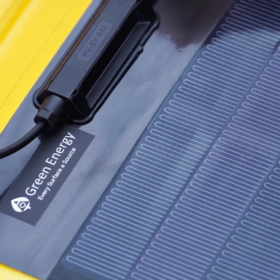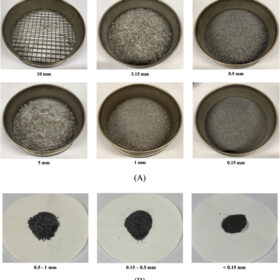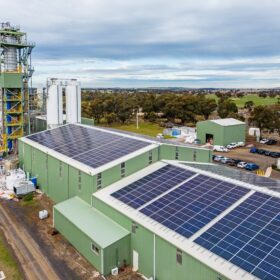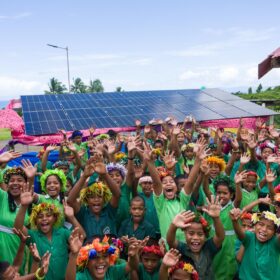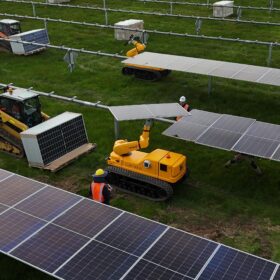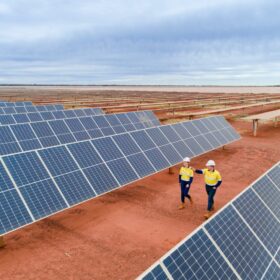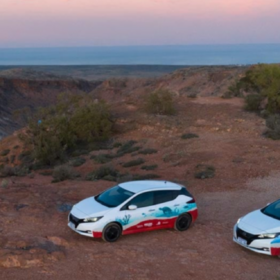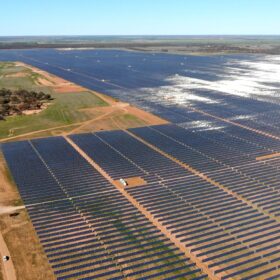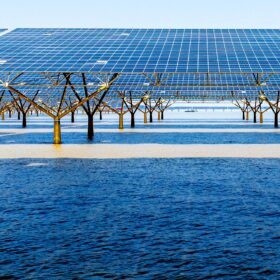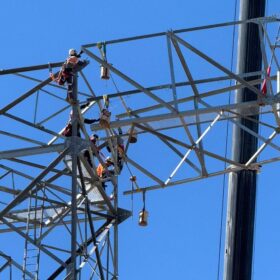Vehicle-integrated photovoltaics for biofuel-powered transport trucks
DHL Freight Sweden and Denmark-based Green Energy Group announced a one year nationwide pilot in Sweden to test the use of vehicle integrated PV with a fleet of biofuel-powered transport trucks.
Choose to reuse: second-hand solar panel resale certification proposed
Block chain-based tracking of a solar panel’s lifecycle or a national certification program for second-hand modules, are two strategies University of South Australia researchers studied in developing a game plan for keeping panels out of landfill.
New sieving tech for solar cell silver recovery
Researchers at University of New South Wales have reported details about a novel sieving-aids technology that improves the separation of metal fragments from other components when recycling end-of-life PV panels. The patented process reportedly enhances the recovery of silver.
Victoria drives business and community group rooftop solar uptake with discounts
The Victorian government will wipe up to $25,000 off upfront installation costs for a 100 kW rooftop solar system, and up to $34,300 off a 200 kW system to reduce cost burden from transmission network upgrades, and lower consumer energy bills.
Australia helps remote Fiji schools switch to off-grid solar power
Thirty remote schools in the Fiji islands are receiving off-grid solar installations with support from the Australian government REnew Pacific program to boost digital learning tools access and reduce reliance on diesel generators.
Novel fluorine recovery method promises polymer recycling benefits
Researchers have developed a novel defluorination method to dispose of PTFE, used in solar componentry and electric cable coating, that converts its constituent fluorine compounds and could enable eco-friendly polymer recycling.
Autonomous robot module installation trial fast tracks Victorian solar farm
The installation of almost 500,000 solar panels at Victorian solar farm will be completed this week, thanks in part to a collaboration with US robotics company Luminous, which has trialled its autonomous fleet at the site, during the construction phase.
Fortescue paves path to Real Zero with solar manufacturer Longi deal
Mining giant Fortescue announced at the United Nations General Assembly in New York, that it has signed agreements with global solar manufacturer Longi, electric vehicle and battery manufacturer BYD; and energy storage leader, Envision Energy.
Western Australia successfully completes vehicle-to-grid charging trial
Western Australia’s regional energy provider Horizon Power has completed a 12-month trial testing vehicle-to-grid, two way charging of electric vehicles in the far north regional town of Exmouth.
Australian climate target prioritises clean electricity across the economy
Australia’s 2035 climate change target prioritises clean electricity across the economy based on decarbonising and expanding the electricity network, supported by new transmission and storage, including household batteries.
